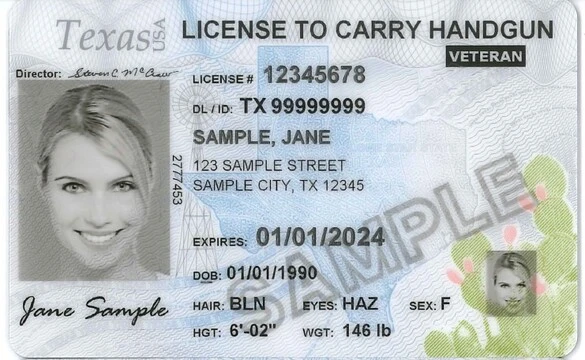Introduction
The purpose of this article is to compare crime statistics between Texas LTC and non-LTC holders for ASSAULT CAUSES BODILY INJ for 2017. ASSAULT CAUSES BODILY INJ is defined as an unlawful act that results in physical injury or harm to another person, and is a crime in the United States. It is important to study the relationship between LTC holders and crime statistics in order to determine if it is a safe practice to issue licenses to carry firearms.
Crime Statistics among Texas LTC Holders
According to the Texas Department of Public Safety, in 2017 there were 18 convictions for ASSAULT CAUSES BODILY INJ belonging to Texas LTC holders. In comparison, there were 6,101 convictions for ASSAULT CAUSES BODILY INJ belonging to non-LTC holders in the same year. This difference represents about 0.3% for LTC holders and 99.7% for non-LTC holders.
Factors that may contribute to the difference in crime statistics between Texas LTC and non-LTC holders
The difference in crime statistics between Texas LTC and non-LTC holders may be due to several factors. Background checks and eligibility requirements for obtaining an LTC may reduce the likelihood of a criminal background among the licensee population. LTC holders may understand the risks of using firearms, and have been educated and trained accordingly. This may lead to a greater perceived risk and responsibility among LTC holders.
Conclusion
The data shows that Texas LTC holders are more likely to be law abiding citizens than non-LTC holders. This article has examined the crime statistics between Texas LTC and non-LTC holders for ASSAULT CAUSES BODILY INJ for 2017, and discussed possible factors contributing to the difference in statistics. This evidence implies that the group with the higher percentage of crime convictions – non-LTC holders – would benefit from the same training and education offered to LTC holders.




